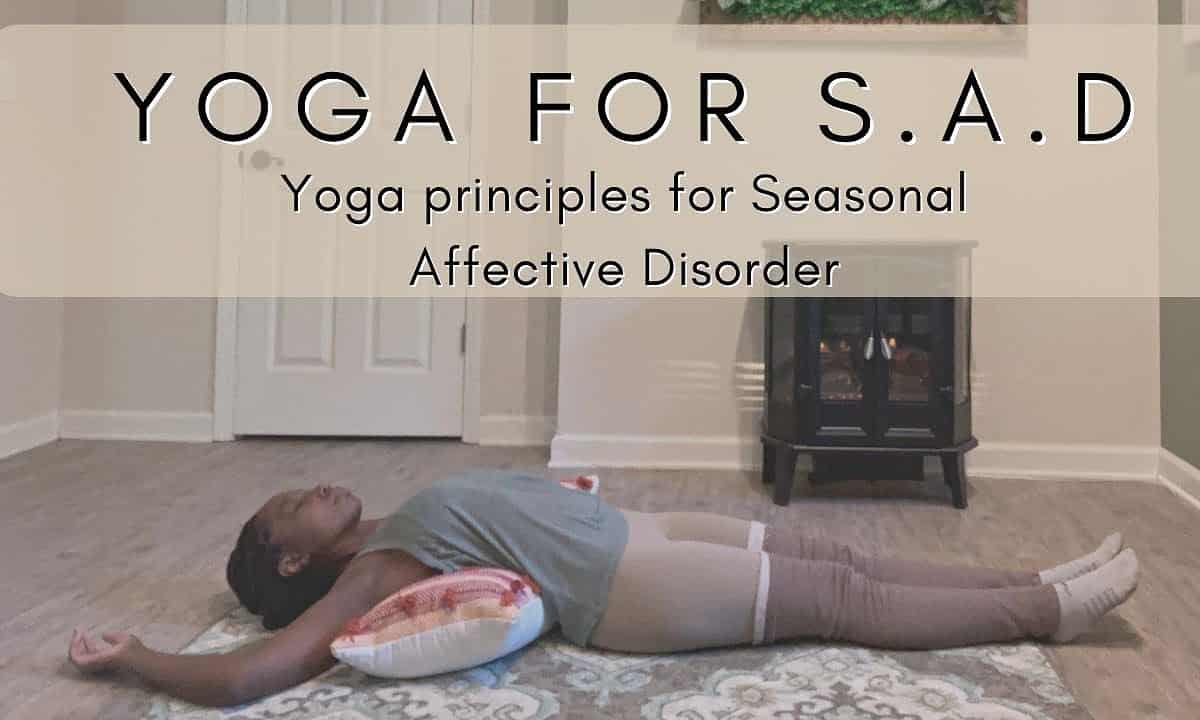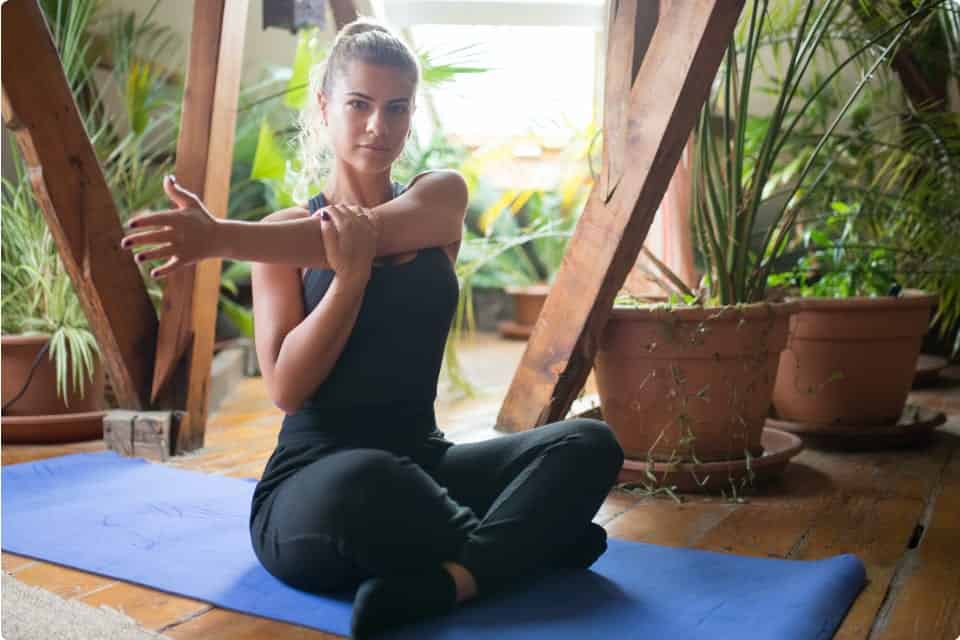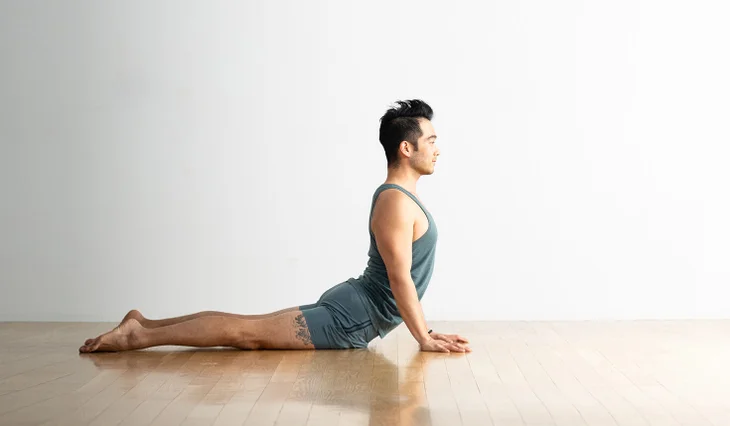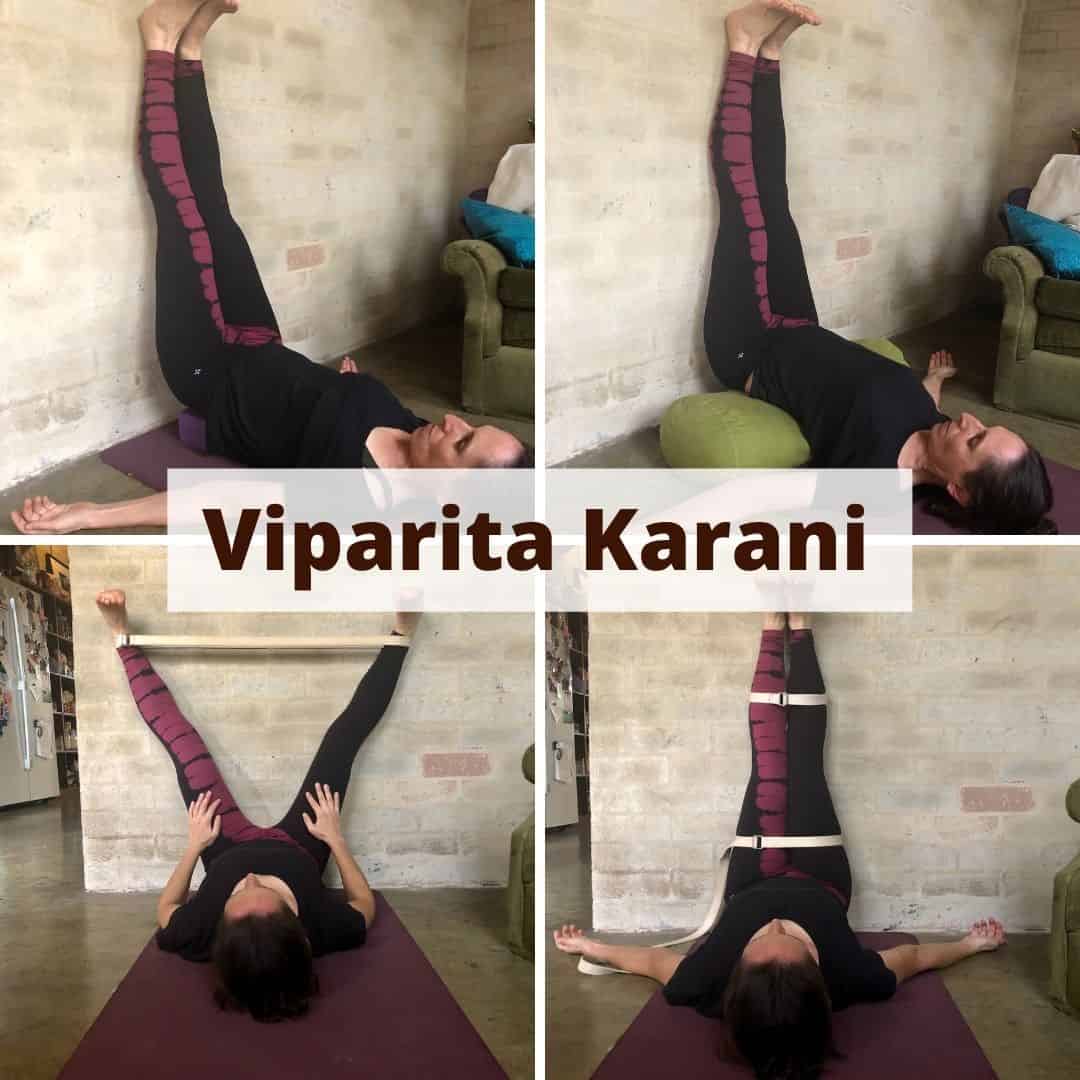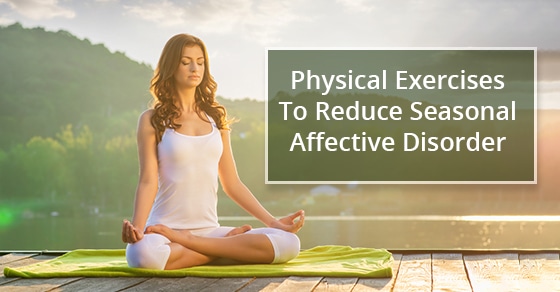In this article, we will explore the definition, symptoms, and causes of SAD, as well as the benefits of yoga for Seasonal Affective Disorder.
SAD is a type of depression that typically occurs during the winter months when there is less natural sunlight. The combination of physical movement, breathwork, and mindfulness in yoga can help alleviate the symptoms of SAD and promote a sense of balance and inner peace.
If you’re struggling with seasonal affective disorder (SAD), incorporating yoga into your routine can be a powerful tool for managing symptoms and improving your overall well-being.
We will also provide a list of yoga poses and pranayama techniques that are particularly beneficial for SAD, and offer tips for creating a yoga routine that supports your mental health.
Understanding seasonal affective disorder (SAD)
Definition and symptoms of SAD
Seasonal affective disorder, also known as SAD, is a type of depression that follows a seasonal pattern. It typically begins and ends around the same time each year, with symptoms appearing during the fall or winter months and improving in the spring and summer. Common symptoms of SAD include:
– Persistent feelings of sadness, hopelessness, or emptiness
– Loss of interest in activities you once enjoyed
– Low energy and fatigue
– Changes in appetite and weight
– Difficulty concentrating or making decisions
– Increased need for sleep
– Social withdrawal and isolation
If you experience these symptoms for consecutive winters and they interfere with your daily life, it’s important to seek professional help for an accurate diagnosis and appropriate treatment.
Causes and prevalence of SAD
The exact cause of SAD is still unknown, but researchers believe that a combination of factors contributes to its development. Reduced exposure to sunlight during the winter months is thought to disrupt the body’s internal clock and affect the production of serotonin, a neurotransmitter that regulates mood. Additionally, individuals with SAD may have an overproduction of melatonin, a hormone that regulates sleep and wakefulness.
SAD is more prevalent in regions with long, dark winters, such as northern latitudes. It is estimated that around 5% of the population in the United States experiences SAD, with higher rates in northern states compared to southern states.
The benefits of yoga for SAD
Yoga offers a holistic approach to managing SAD by addressing both the physical and mental aspects of the condition. Here are some of the key benefits of incorporating yoga into your SAD management plan:
Physical benefits of yoga for SAD
– Increased circulation: Yoga poses, especially inversions, help improve blood flow and oxygenation, which can boost energy levels and alleviate feelings of fatigue commonly associated with SAD.
– Enhanced flexibility and strength: Regular yoga practice can improve muscle tone, flexibility, and overall physical strength, promoting a sense of vitality and well-being.
– Stress reduction: Yoga activates the parasympathetic nervous system, triggering the relaxation response and reducing the production of stress hormones like cortisol. This can help alleviate physical tension and promote a sense of calm.
Mental and emotional benefits of yoga for SAD
– Mood regulation: Yoga has been shown to increase the production of serotonin, the “feel-good” neurotransmitter, and decrease levels of cortisol, the stress hormone. This can help stabilize mood and reduce symptoms of depression and anxiety associated with SAD.
– Mindfulness and self-awareness: The practice of yoga encourages present-moment awareness and self-reflection, allowing you to cultivate a deeper understanding of your thoughts, emotions, and patterns of behavior. This increased self-awareness can help you better manage and navigate the challenges of SAD.
– Improved sleep quality: Certain yoga poses and relaxation techniques can promote better sleep by calming the mind and relaxing the body. Quality sleep is essential for managing SAD symptoms and maintaining overall well-being.
Yoga poses for managing SAD
When practicing yoga for SAD, it’s important to choose poses that promote energy, uplift the mood, and create a sense of grounding. Here are five yoga poses that can be particularly beneficial for managing SAD:
1. Sun Salutations (Surya Namaskar)
Sun Salutations are a series of flowing movements that warm up the body and energize the mind. They involve a combination of forward folds, backbends, and inversions, making them a well-rounded practice for managing SAD.
2. Forward Folds (Uttanasana)
Forward folds help calm the nervous system and release tension in the body. They also stimulate blood flow to the brain, promoting mental clarity and relaxation.
3. Backbends (Bhujangasana)
Backbends open the chest and heart center, promoting feelings of joy and positivity. They also help counteract the slouched posture often associated with SAD.
4. Inversions (Viparita Karani)
Inversions, such as Legs-Up-The-Wall pose, help increase blood flow to the brain and stimulate the parasympathetic nervous system. They can help alleviate symptoms of depression and anxiety and promote a sense of calm.
5. Balancing Poses (Tree Pose – Vrksasana)
Balancing poses require focus and concentration, which can help shift your attention away from negative thoughts and improve mental clarity. Tree Pose, in particular, promotes a sense of stability and grounding.
Pranayama techniques for SAD
In addition to yoga poses, incorporating pranayama (breathwork) techniques into your SAD management routine can further enhance the benefits of yoga. Here are two pranayama techniques that can be particularly helpful:
1. Kapalabhati (Skull Shining Breath)
Kapalabhati is a dynamic breathing technique that involves forceful exhalations and passive inhalations. It helps increase energy levels, clear the mind, and release stagnant energy.
2. Nadi Shodhana (Alternate Nostril Breathing)
Nadi Shodhana is a balancing breathwork technique that involves alternating the breath between the left and right nostrils. It helps harmonize the energy channels in the body, promoting a sense of balance and calm.
Creating a yoga routine for SAD
To maximize the benefits of yoga for managing SAD, it’s important to create a consistent and personalized yoga routine. Here are some tips to help you get started:
Setting a regular practice schedule
Choose a specific time each day to practice yoga, ideally in the morning to take advantage of natural light. Consistency is key, so aim to practice at least three times a week to experience the benefits.
Combining yoga with other self-care practices
Incorporate other self-care practices into your routine, such as getting regular exposure to natural light, maintaining a balanced diet, and practicing good sleep hygiene. These practices can complement your yoga practice and support your overall well-being.
Conclusion
Yoga can be a valuable tool for managing seasonal affective disorder (SAD). By incorporating yoga poses, pranayama techniques, and mindfulness into your routine, you can alleviate symptoms of SAD, improve your mood, and promote a sense of balance and well-being.
Remember to consult with a healthcare professional if you are experiencing symptoms of SAD or any other mental health condition. Start your yoga practice today and embrace the healing power of yoga for SAD.
Originally posted 2023-06-28 13:32:06.

